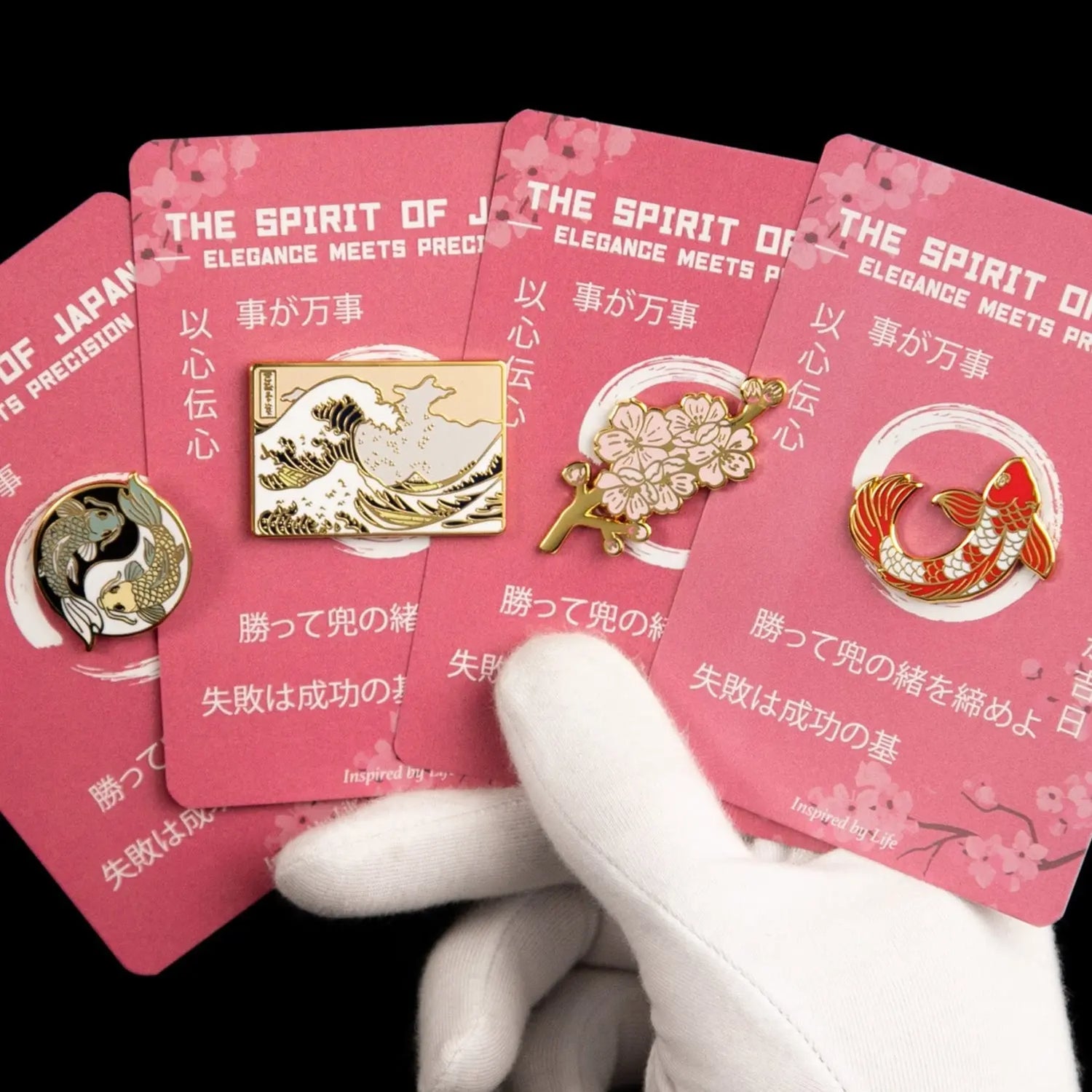
What Did Ancient Romans Actually Wear?
What Did Ancient Romans Actually Wear?
Imagine walking down the bustling streets of ancient Rome, with its magnificent temples and coliseums towering overhead. As you navigate this vibrant tapestry of culture, one of the first things that might catch your eye is the unique attire of the Roman citizens. Clothing in ancient Rome was not just about practicality; it was a symbol of status, citizenship, and identity. Let's unravel the threads of history and explore what ancient Romans actually wore.
Togas, Tunics, and More: Men's Fashion in Ancient Rome
When you think of Roman attire, the toga likely springs to mind first. This large, flowing piece of cloth was more than just a garment; it was a statement. Worn by male citizens, the toga represented privilege, signifying one's place in the upper echelons of society.
The Token Toga
The toga was essential for Roman men. Imagine draping six meters of fabric around your body—it took skill and practice to wear it correctly. The toga was not merely decorative; it showed a man's place in society. A plain white toga, called the toga virilis, marked a man who had come of age. Senators wore the toga praetexta with its striking purple border—a color linked with power and prestige.

Why Did They Bother? You might wonder why such an elaborate garment was necessary. In ancient Rome, clothing acted like a social language. Your outfit could say a lot about your status or role. Curious to learn more about these symbolic clothes? Our Colosseum of Ancient Rome enamel pin might be the perfect conversation starter.
Subtle Simplicity: The Tunic
Beneath the toga, men wore a tunic—a simpler, more practical piece. This undergarment was often knee-length and could have stripes to show rank. Made from wool in winter or linen in summer, the tunic was a versatile staple of Roman men's wardrobes.
The Grace of a Stola: Women's Fashion in Ancient Rome
While the toga was reserved for men, Roman women’s attire had its own flair and significance. Women's clothing reflected their marital status and societal standing. They didn't just wear clothing for practicality—they wore stories.
The Signature Stola
Central to a Roman woman's wardrobe was the stola. This long, pleated dress was more than just fabric; it showed a woman's virtue and dignity. Fastened at the shoulders, the stola flowed gracefully and was often accompanied by a colorful palla—a type of shawl. Together, they created a look that was both elegant and functional.
The Material Matters: With fabrics like wool and linen, the choice often reflected both the season and the wearer’s wealth. A woman wrapped in vibrant, fine fabric would catch the eyes of passersby, conveying messages beyond mere fashion.
Tunics for All
Like their male counterparts, Roman women also wore tunics. However, these were typically longer and more decorated. A woman’s tunic could be an extension of her personality—a canvas embroidered with fragments of her story.
The Language of Accessories
Beyond togas and stolas, ancient Romans understood the power of accessories. Jewelry, hairstyles, and footwear played crucial roles in the era's fashion narrative.
Golden Glimpses: Wealthy Romans adorned themselves with gold and gemstones, adding sparkle to their attire. Rings, necklaces, and brooches were subtle yet powerful indicators of social standing.
A Walk Through Time
The attire of ancient Rome was more than just fabric; it was a tapestry of stories, ambition, and identity. Clothing revealed social structure, with each thread woven to reflect the societal norms and values of the time. Isn't it fascinating how fashion can speak when words cannot?
Are you intrigued by echoes of ancient Roman style today? Step back in time with our Colosseum of Ancient Rome enamel pin. A piece of history, waiting to become part of your story.
Ancient Roman attire was a vibrant dialogue of style, status, and identity—a language lost in time, yet still faintly heard in history's whispers. So, the next time you slip into your favorite outfit, remember: clothes have always been more than just garments. They are a reflection, a statement, a whisper of untold stories.
What clothing did Roman men wear?
Roman men typically wore a tunic as an undergarment and a toga, a large piece of cloth that was draped over the body to signify status and citizenship.
How did Roman women dress?
Roman women wore the stola, a long dress illustrating virtue and status, often accompanied by a palla or shawl, along with longer, decorated tunics.
What role did accessories play in Roman fashion?
Accessories like jewelry, hairstyles, and footwear played crucial roles in Roman fashion, indicating wealth and social standing through adornments such as gold and gemstones.

